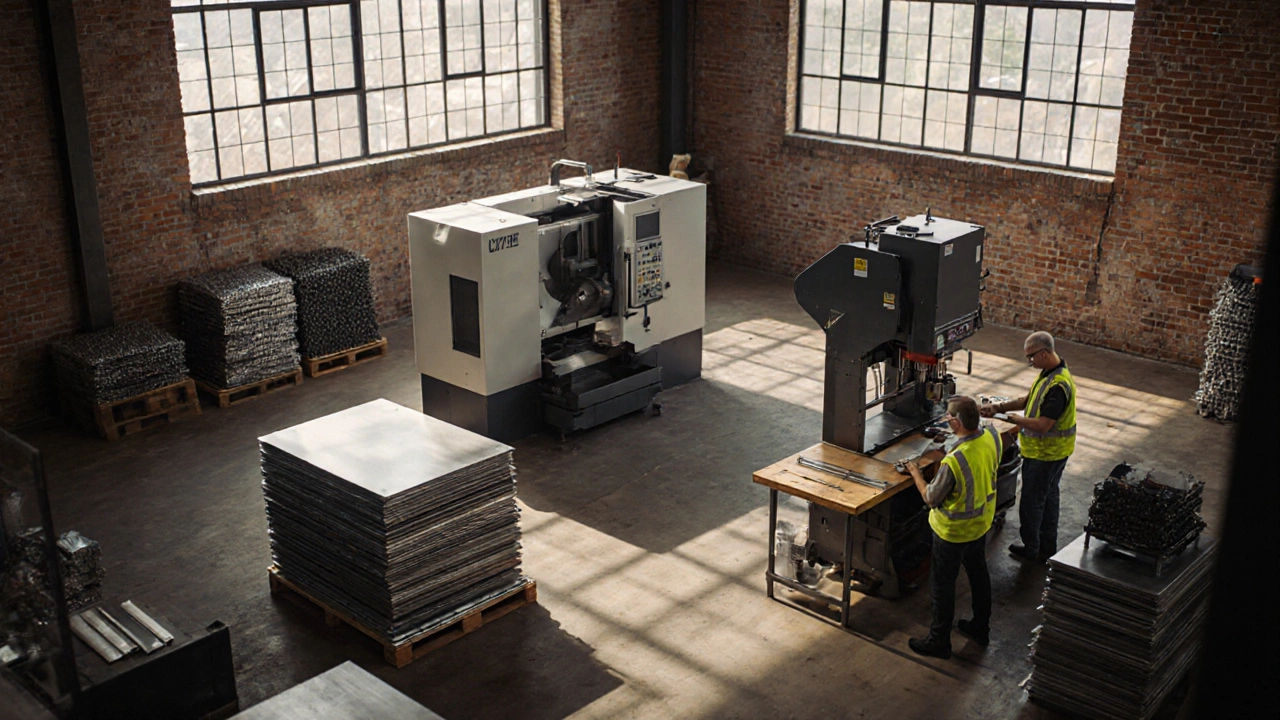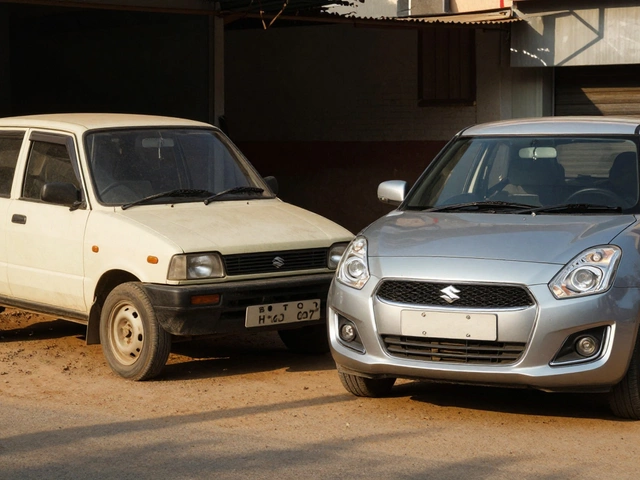Starting a Manufacturing Company: Essential Steps, Costs, and Strategies
When you think about starting a manufacturing company, you’re really planning a complex project that blends finance, technology, and people. Starting a manufacturing company means securing a site, choosing the right equipment, and getting the right permits—all while keeping an eye on market demand. It’s the first big move that sets the tone for everything that follows, from product design to the first sale.
One of the first questions you’ll face is the budget. Small factory cost, the total expense of launching a compact production unit, includes land, machinery, licenses, and hidden overheads can vary wildly across India’s states. A typical small‑scale setup in Gujarat may need ₹2‑3 crore, while a similar unit in a tier‑2 city could run under ₹1.5 crore thanks to lower land rates. Knowing the exact cost breakdown helps you plan financing, negotiate with lenders, and avoid surprises later.
Once the budget is clear, the next priority is efficiency. Lean manufacturing, a systematic approach to cut waste, improve flow, and boost value for customers targets the biggest loss—overproduction. By mapping value streams and applying tools like 5S or Kaizen, you can shrink lead times and raise profit margins. Lean practices also make your new plant more adaptable to changing demand, which is crucial in today’s fast‑moving market.
Efficiency isn’t just about waste; it’s about the fundamentals of production. 5 M's of manufacturing, the core pillars—Man, Machine, Material, Method, Measurement—that dictate quality and output give you a checklist for every line you design. Aligning skilled workers (Man) with reliable equipment (Machine), sourcing the right raw material (Material), standardizing processes (Method), and tracking performance (Measurement) creates a balanced system that scales smoothly.
Location choice also plays a pivotal role. Manufacturing cost comparison, an analysis of labor, energy, logistics, and regulatory expenses between India and China shows that India often wins on labor rates and government incentives, while China may still lead on scale and supply‑chain depth. Weighing these factors against your product’s needs helps you decide where to plant your first factory and where to source components.
Market insight rounds out the picture. Recent reports flag “trending products” like smart home devices and eco‑friendly packaging as hot spots for new manufacturers. Understanding consumer demand for these items lets you line up your production line with what buyers actually want, reducing inventory risk and speeding up cash flow. This link between market trends and factory planning is where many startups find their breakthrough.
Finally, watch out for common pitfalls: skipping a detailed feasibility study, underestimating regulatory delays, or ignoring lean principles until it’s too late. Each mistake can cost time and money, but with the right roadmap you can sidestep them and keep your venture on track. Your success will hinge on blending solid cost planning, waste elimination, and a clear view of the market you intend to serve.
Below you’ll find a curated collection of articles that dive deeper into each of these topics—cost breakdowns, lean tools, the 5 M’s, cost‑location choices, and the latest product trends. Use them as a step‑by‑step companion as you move from idea to a fully operational manufacturing company.
How Much Money to Start a Manufacturing Company? 2025 Cost Breakdown
Learn the real costs to start a manufacturing company in 2025, from equipment and premises to labor and compliance, plus funding tips and a sample budget checklist.
Read More




